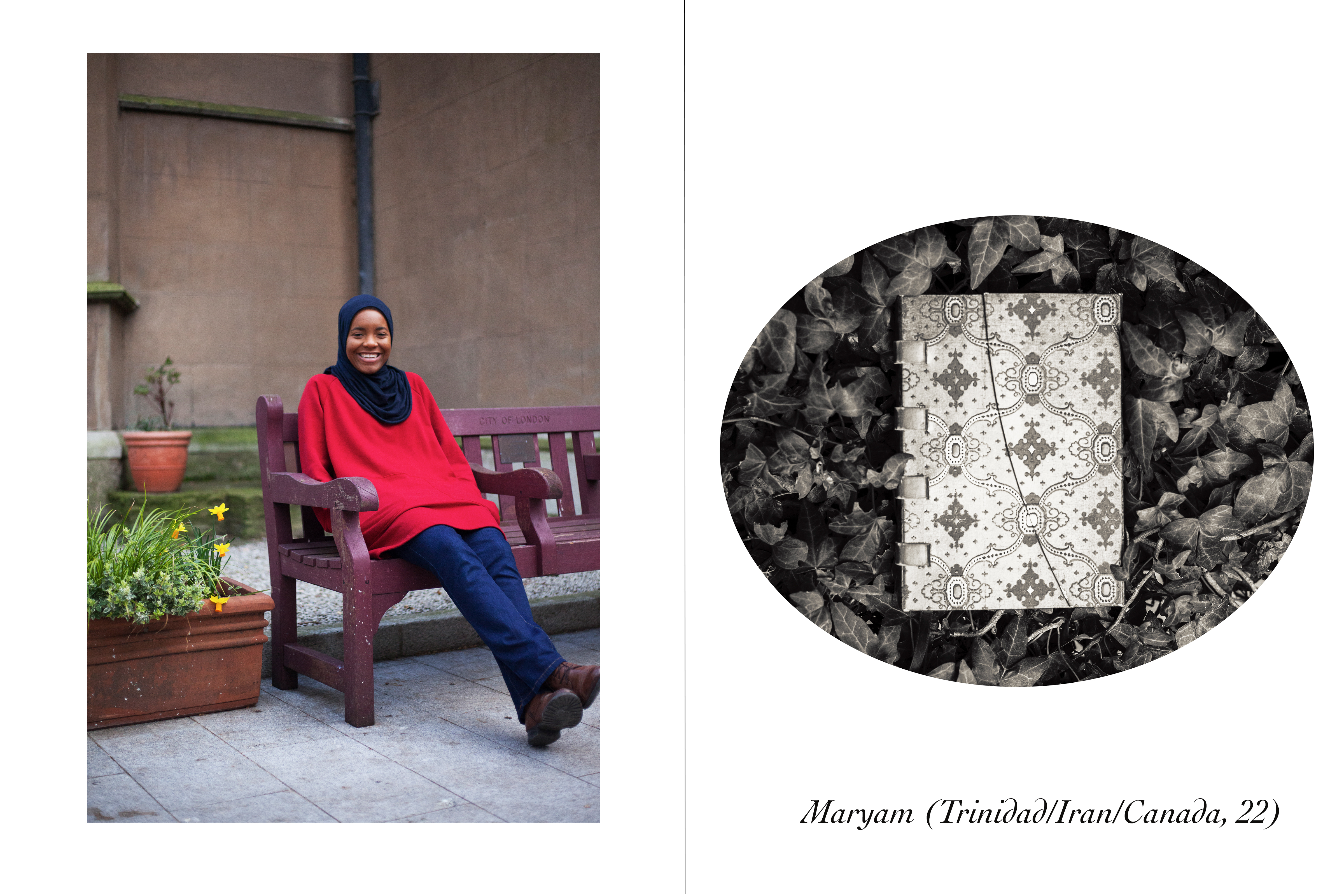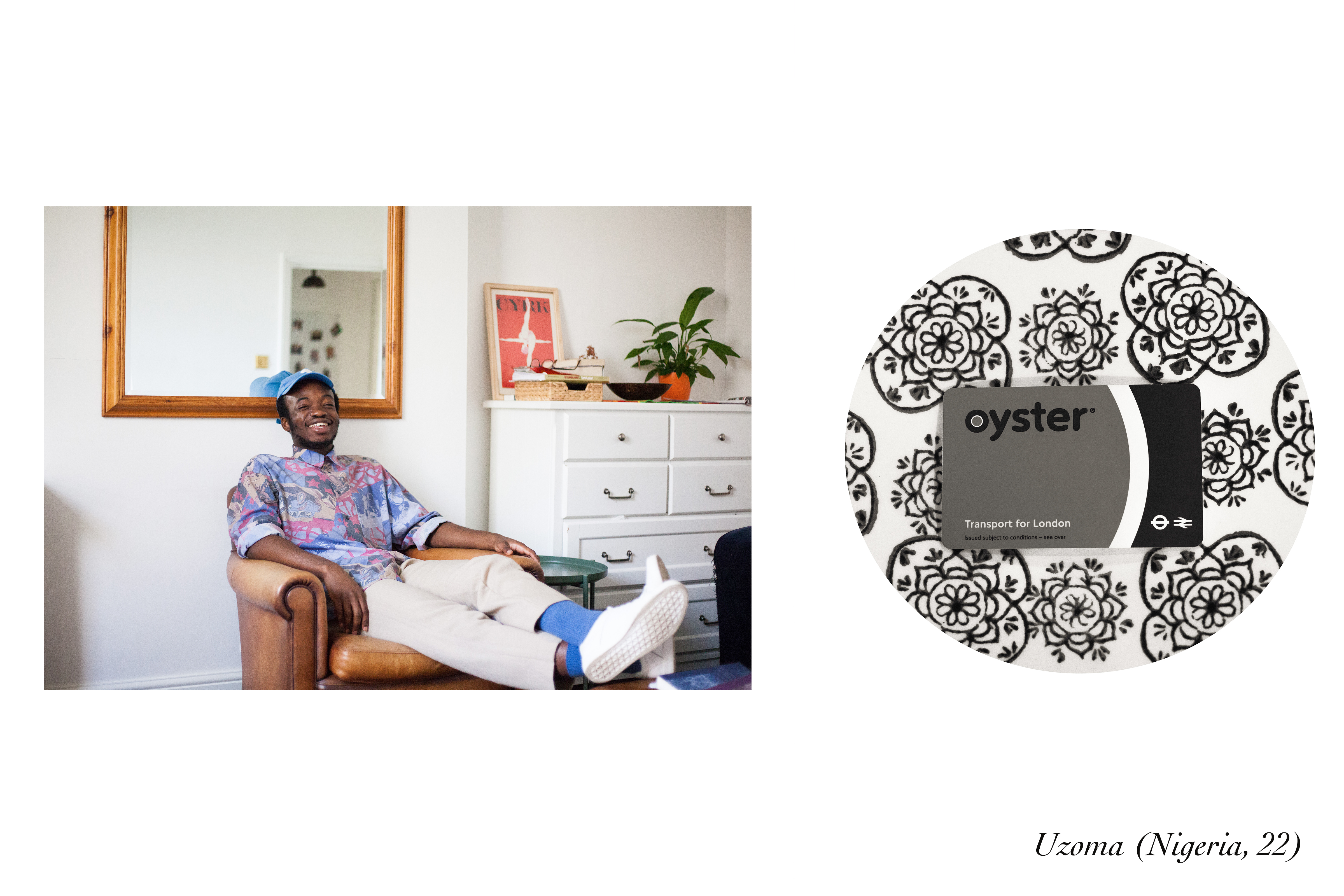International Students in London
essay originally published in ‘In Real Life’, by The Photographer’s Gallery, London
“What does it feel like to be lonely? It feels like being hungry: like being hungry when everyone around you is readying for a feast.” – Olivia Laing

I moved to London for undergrad in September 2016. My first weeks found me shuttling from one health service to another between my university and the Tower Hamlets council, seeking help for my body and my mind. Between hustling for my healing and wrapping my head around university, I could hardly find time or energy for a social life I badly needed. I also just could not figure out how to be a social being in London. I was exhausted all the time and missed Nigerian food and mannerisms. I had more friends online—friends I had never met—than I did in real life. London’s great promise of community seemed to come with a caveat: you had to grovel for it.
That year Olivia Laing’s book, The Lonely City, was everywhere around London, on the tube ad slots and on bookshop window sills. It was a deeply resonant book through which I started to learn about my loneliness. The book’s protagonists, like me, were artists whose loneliness permeated their work. They had understood that the desire for intimacy which defined their loneliness included a desire to express oneself and to be heard by another, and that that desire could be transposed into art.
*
By the end of my first semester, I had met some of the people in creative circles around London who would come to define my London experience. One of them was the creative technologist, Uzoma Orji. Back then, he was exploring fashion styling as a means of creative expression. On our way to Brixton one November evening, as we changed buses on Oxford Street, we began to talk about the permission London gives its people and passers-by to dream. “Here, you can just up and do,” he said. There and then, something opened in me that I had never previously allowed myself: a vision of the world as mine for the taking. Maybe I did not have to grovel but grow the spine to take, and shape, what I needed from the city of London. In January, Uzoma and I moved to Holloway Road and began the photographer-stylist collaboration that seeded my photography career.

It was through shooting projects with him that I began to explore my craft seriously. I started calling myself a photographer and reaching out for collaborations with other creatives and clubs at universities around London. I wish I could say that each collaboration made me a friend but that would be reducing the extent to which I was far gone in the city of Loneliness. Olivia Laing was right about loneliness: “I don't believe the cure for loneliness is meeting someone, not necessarily. I think it's about two things: learning how to befriend yourself, and understanding that many of the things that seem to afflict us as individuals are in fact a result of larger forces of stigma and exclusion, which can and should be resisted.”
Since the city of Loneliness claimed me, I made it my buiness to understand how it functions by choosing classes on my programme that examined relationships between the self and the ‘other’/‘outsider’. One of them, ‘Outsiders in the Middle Ages’, began with an exploration of the experiences of students in Medieval Europe. The institution of the university was born in medieval Europe and so many students who attended them had to travel far from home to attend the few universities that existed so far. Majority of them were like me: young international students in capital cities, balancing their academic mission with the trials of being a legal and cultural foreigner in a country. After I submitted my last essay for the class on how medieval art reflected society’s attitudes to ‘outsiders’, I decided to start this project exploring how international students in London today find belonging in the city.
I enlisted participants from my networks from university, my accommodation, my non-uni friends and social media followers. Speaking with each person was like diving deeper into a mirror. The premise of our meeting allowed us to skip the small talk and go straight to vulnerable conversations that allowed for deeper connections that changed me. I still remember each conversation in more detail than I remember most things about my time as an undergrad. The look on Armaan’s face as we spoke about his housing situation, Hannah’s moment of enlightenment when she could finally articulate her feeling of lacking firm roots in any one place, Hark’s embarrassed laughter when she identified her phone as the object that helped her feel connected the most... In my final year which I spent, like my first year, shuttling from one health care professional to another, I thought a lot about my conversation with Ruji. In it, she had said, “My Indonesian friend had to be in the hospital a couple times in the past month and because we have no family here, we are each other’s emergency contact. The experience made me realise how lonely it is to be here. Yes, I have my course mates, housemates and other everyday friends. But if something serious were to happen, who would be with me in A&E?”

Why photography then, and not any other medium? As a material culture enthusiast, still life photography is my way of saying to objects, ‘I see you. I honour you.’ Beyond that, sitting down with the participants in their kitchens, bedrooms and studio-flats, I found that photos were the most efficient way to transcribe their precious dignity. The most efficient way to say: “this is the person behind this experience that is often so flatly reduced to two words: ‘international’, ‘student’.” My portraiture work is rooted in an appreciation of the medium’s capacity for play, record and performance. In the intersection of these three, my portrait sessions gave me and each participant a space to be vulnerable with each other. “I don’t really know how to pose,” they would tell me. And I would say “Don’t worry about that, everything you do normally is a perfect pose. Let’s talk first and when we’ve settled in the conversation, I’ll take the photos.” Thirty minutes later, we are laughing and ‘hmm’ing. The participant drops their guard, the one that is primed to be consumed by a vague other’s gaze. They are still aware a photograph will happen but I am now their primary audience, in the same way that they are my primary audience in this conversation. To me, my portraits of Uzoma and Veronique best capture this moment.
Even after the summer of 2018 when I coducted the bulk of interviews and portraits for the project, the project continued to facilitate my connection with people around London. My interactions at the exhibition of the project at the Battersea Arts Centre’s Off the Track festival in 2018 and on the Invisible Britain’s IG page in 2021 taught me more about London and what it means to find belonging in a new space. And this project was just one of the multitude of ways photography served as a lifeline in London. Through my job as student-staff photographer for QM in my final year, I was given access to space I would never have considered going to and made conversations with people I would otherwise not have met. There is everything fulfilling about giving people images of themselves that they are proud to use as their Facebook profile photos and put on their walls. It is the one reliable way I can express this truth that defines me: I am interested in your story.


Project duration: Jan 2018 - Jan 2021
Jan 2022 - Published in The Photographer’s Gallery Develop print publication: In Real Life.
Jan 2021 - Presented at an Instagram takeover for Invisible Britain.
March 2018 - Exhibited at Battersea Arts Centre London - Off the Track festival.
The extended version of the project contains text condensed from interviews with the participants and the ultimate goal is a book project.
This was the link to sign up if you wanted to participate.
Copyright: Immaculata Abba (2017 - 2024)
Web design: Immaculata Abba
Web design: Immaculata Abba